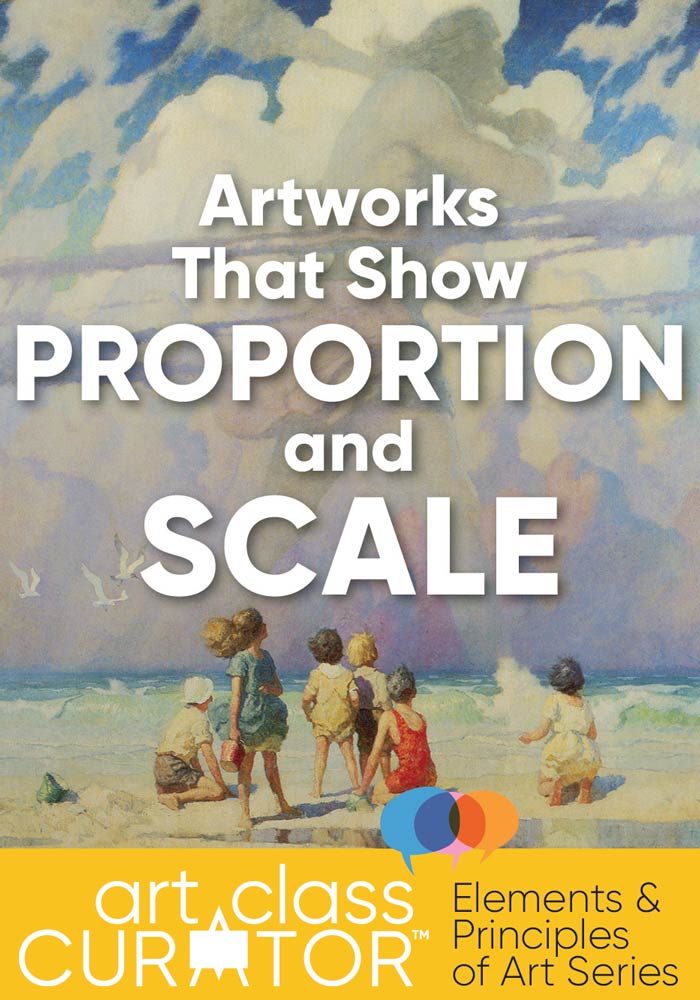Table Of Content

Being able to achieve balance in asymmetry can result in a visually interesting design that has movement. In my previous article, The Basic Elements of Design, I talked about the elements that create everything we perceive. With a solid understanding of those elements, you’ll be able to learn more about the principles of design. One of the most critical considerations when designing with emphasis on proportion is the scale. Before creating any design, the designer must understand the desired scale. Proportions that are too small can be difficult to view or will lack visual appeal, while proportions that are too large will seem overwhelming.
Keeping items around the same size--or correct, real-world proportion to one another--keeps the design harmonious.
In essence, white space is not merely empty; it is an active element that structures content and emphasizes the most important components of a design. Balance is a fundamental principle of design that ensures elements are distributed evenly within a layout. This principle can manifest as symmetrical, asymmetrical, or radial balance, each providing a different visual effect and sense of stability. Symmetrical balance mirrors elements on either side of a central line, creating harmony and formality.
Creates Mood
Now that you know the basic principles of design, it’s time to put them into practice. Standard proportion is when all elements are equal in size or scale. This type of proportion is used in many different art styles, including realism and has been used throughout history. In this guide, learn what proportion is, how it can affect a composition and how to create accurate proportions in a design.
Principles of Design: Variety
When working with proportion you will also want to consider how elements are working together in proportion to each other in the design. Is one hue too bright or too dull when considered in relationship to the others? Perhaps is a smaller amount is used it will then work in relationship to the other elements. Contrasting elements in a design could refer to font choice, shapes, patterns, textures, graphic size and more. Rhythm goes well with repetition and movement, two design principles I’ll touch on in a moment. To have unity in your design, all parts of your composition should be in complete harmony with each other to be visually appealing in the viewer’s eyes.

Principles of Design: Harmony
Rooms with 'good bones': New book explores Edith Wharton's enduring design legacy - The Florida Times-Union
Rooms with 'good bones': New book explores Edith Wharton's enduring design legacy.
Posted: Thu, 02 Dec 2021 07:11:35 GMT [source]
Proportion is the relative size of the design elements compared to each other. It comes organically once you’re done with your contrast and balance. The main difference between scale and proportion, is that scale is the comparison of two whole separate objects when the size of the objects is known. Whereas you don’t need to know the size of the objects or parts of the objects to measure the proportions, only the relationship between the two. Even though art may not necessarily mimic real life, it often strives to do so, and the use of proportion is key in achieving this goal. It helps to create a sense of realism by providing elements with placement, and relative size that make them look more believable.
Ancient Egyptians used a grid system for their wall art, helping to establish scale, proportion, and illustrate hierarchy. The Ancient Greeks were fascinated with the proportions of the human body. The Golden Ratio was used to create “perfect” proportions for the Gutenberg Bible.
What is the difference between scale and proportion in architecture
By ensuring that all the proportions work together, a designer can create a harmonious and balanced look. Natural light is an excellent way to create a sense of proportion in interior design. When designing a room, it’s essential to consider the direction of the sun and how it will affect the space. For example, east-facing rooms tend to receive more natural light in the morning, while west-facing rooms receive more light in the afternoon.
Inspiration from IKEA's Balanced Designs
From the size of a room to the height of a ceiling, architects use these elements to make sure everything fits together nicely. Let's dive in and uncover the secrets behind great architectural composition. In conclusion, understanding the difference between proportion and balance—and how to apply these principles—can help you create more effective, visually appealing designs. Whether you're designing a logo, a website, or a product package, these principles are key to creating designs that not only look good but perform well.
Principles of Design: Pattern
When selecting lighting fixtures, it’s essential to consider the room’s purpose and the mood that the designer wants to create. For example, warm, soft lighting is ideal for creating a cozy atmosphere in a bedroom, while bright, cool lighting is better suited for a workspace. Accessories, such as decorative objects and prints, can also be used to create proportion in a room.
Identify your brand’s objective and what you expect from your designs, and the hierarchy for each element will naturally play out. For any design to have a dynamic look, it is essential to have well-contrasted elements. Any seasoned designer would tell you that emphasis can make or break an advertisement.
Use these guidelines as an arsenal for your brand development process. You likely want to direct how your audience consumes the content you create. This natural progression of one’s eyes, from one object to another, can be controlled by the design of the content. Even if you’re repeating content or styles across different platforms, add some dynamism to it so that it can be easily recognized without seeming like lazy work. For instance, using similar colors that match and integrate elements organically makes it appear as if they belong together and are not just put on a page.

No comments:
Post a Comment